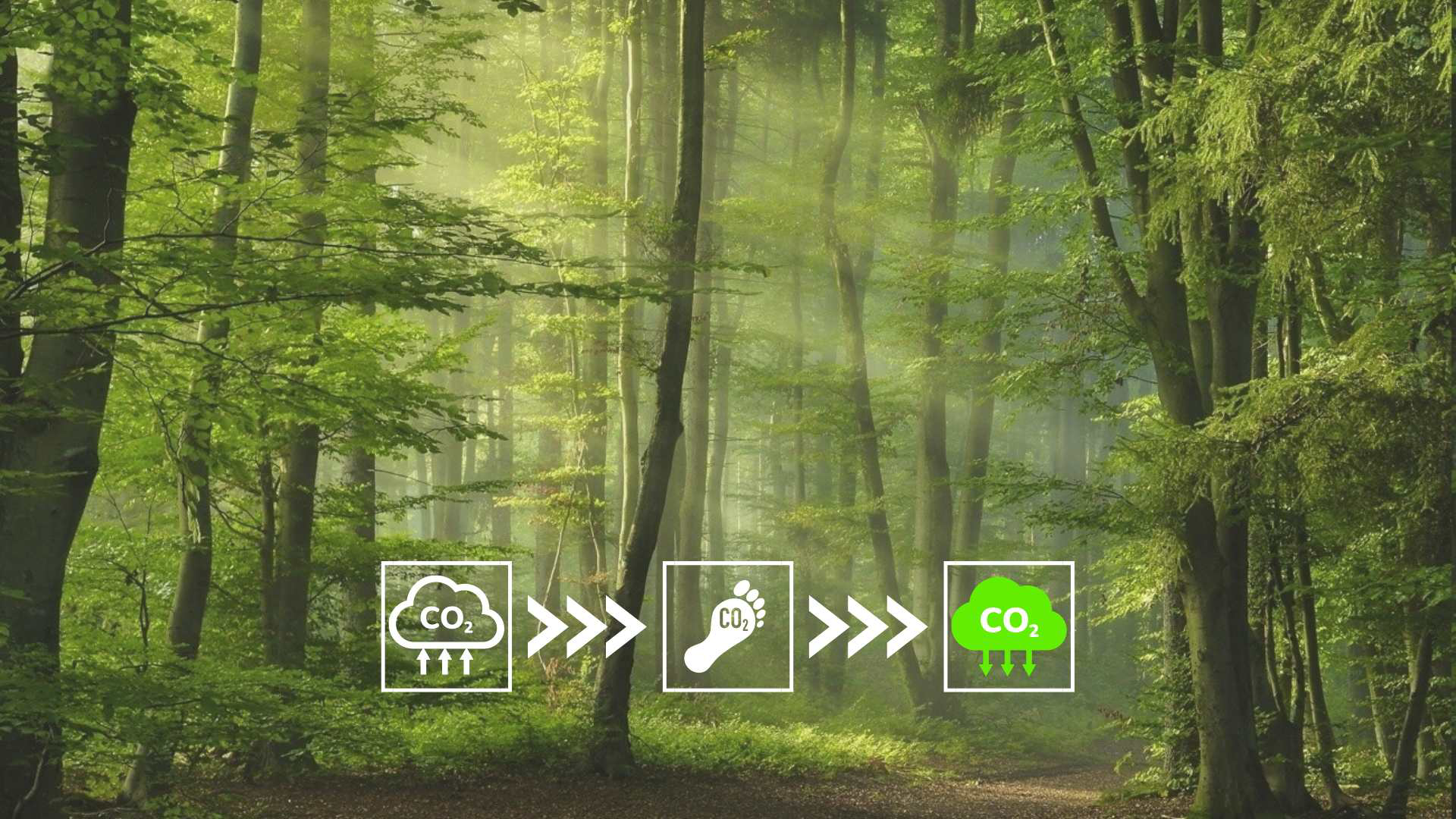Net Zero in Action: How Carbon Neutrality Is Revolutionizing Industries and Reshaping Our World

Carbon sequestration: a critical solution to combat climate change by capturing and storing carbon dioxide from the atmosphere in natural or artificial systems.
According to Centre for Disease Control and Prevention, rising temperatures caused by carbon emissions are leading to more frequent and severe heatwaves, which can be deadly for vulnerable populations such as the elderly and young children.
This blog explains the concept of Carbon Neutrality, strategies and technologies with a focus on FloCard initiatives. Carbon emissions are the noxious by-product of human industrial activity, which have had a woeful impact on the environment and continue to threaten our planet's delicate balance. Carbon neutrality refers to the state in which an organization or community has achieved net-zero carbon emissions, meaning that they are not emitting more greenhouse gases than they are sequestering or offsetting. This is becoming increasingly popular as companies and governments alike strive to reduce their carbon footprint and create a more sustainable future.
The concept of carbon neutrality carries tremendous significance in our fight against climate change and quest for a sustainable future. Human activities that emit carbon, such as burning fossil fuels for energy and transportation, remain the primary cause of global warming and environmental damage. By striving for carbon neutrality, we can make great strides in safeguarding the Earth's natural resources, and securing a thriving future for generations to come.
Strategies and Technologies for Achieving Carbon Neutrality
Achieving carbon neutrality requires a multi-pronged approach that involves various strategies and technologies aimed at reducing and offsetting carbon emissions. One of the primary strategies is transitioning to renewable energy sources, such as wind, solar, hydroelectric, and geothermal power, which generate electricity without emitting greenhouse gases. Another strategy is energy efficiency, which involves reducing energy consumption through efficient appliances, building designs, and transportation systems. This can significantly reduce emissions while also saving costs.
The use of renewable energy sources like solar and wind power is growing rapidly, with renewable energy accounting for 72% of all new power capacity additions in 2019, according to the IEA.
Unlocking the Potential of CCUS and Reforestation for a Carbon-Neutral Future
critical for achieving carbon neutrality. These technologies capture carbon dioxide emissions from power plants and industrial facilities, and then either store them underground or use them for other purposes, such as enhanced oil recovery or the production of cement. Sustainable land use practices, such as reducing deforestation and promoting sustainable agriculture, can also help mitigate emissions.
Carbon Neutrality Driving Innovation in Manufacturing Industry
One of the most exciting aspects of carbon neutrality is its potential to revolutionize industries across the board. Take, for example, the manufacturing industry. Carbon neutrality has driven innovation in material science and production methods. New materials that have a smaller carbon footprint, such as using sustainable material like bamboo, recycled plastics, sustainable and organic cotton, hemp, recycled metal, cork, wool, bioplastics, glass, reclaimed wood and biodegradable materials.
Transforming the Construction and Agriculture Industries towards Sustainability
The construction industry is responsible for approximately 39% of global energy-related carbon dioxide emissions, according to the IEA.
But it is also undergoing a transformation, with more and more buildings being constructed with sustainable materials and incorporating green technologies like solar panels and green roofs. The agriculture industry is also exploring ways to reduce emissions through techniques like regenerative farming, which focuses on restoring soil health and reducing the need for synthetic fertilizers and pesticides.
TA report by the Global Commission on the Economy and Climate estimates that the transition to a low-carbon economy could generate $26 trillion in economic benefits through 2030, creating more than 65 million jobs in the process.
FloCard: Creating a Sustainable Future through Carbon Neutrality
As we continue to see the devastating effects of climate change, it's clear that we need to take action to reduce our impact on the environment. Here is where FloCard comes into play. FloCard offers a roadmap for achieving this goal, and the potential to transform industries and reshape our world in the process.
FloCard is an environmental service that offers a comprehensive solution for achieving carbon neutrality. FloCard uses a variety of strategies and technologies, including greenhouse gas (GHG) calculation, reforestation & investment, to help organizations and communities reduce their carbon footprint and offset their emissions. By providing a clear roadmap and guidance, FloCard helps through -
- GHG Calculator : One of the key components of FloCard's approach is its GHG calculation system, which accurately measures and monitors an organization's carbon emissions. By identifying areas of high emissions, FloCard can help clients develop targeted strategies to reduce their carbon footprint and increase energy efficiency. This approach helps organizations to make informed decisions and take effective action to mitigate their environmental impact.
- Plantation App: Another crucial aspect of FloCard's approach is reforestation. Trees absorb carbon dioxide from the atmosphere, which makes them an effective tool for offsetting carbon emissions. Through its reforestation efforts, FloCard plants trees and other vegetation in areas that have been deforested or degraded, helping to restore ecosystems and offset carbon emissions. In addition to offsetting carbon, reforestation provides a host of other benefits, including habitat restoration, erosion control, and improved water quality.
- Investment: Finally, FloCard's investment strategy provides a pathway for organizations to invest in sustainable and carbon-neutral projects. By partnering with FloCard, organizations can invest in a variety of carbon offset projects, including renewable energy, energy efficiency, and reforestation. These investments not only offset carbon emissions but also provide a tangible return on investment, making them an attractive option for businesses and communities looking to create a more sustainable future.
To summarize, FloCard offers an array of comprehensive approaches to achieving carbon neutrality. By working with FloCard, organizations and communities can take effective action to mitigate their environmental impact, achieve net-zero carbon emissions, create cost savings for companies and governments, and revolutionize industries across the board. As individuals, businesses, and governments, it is our collective responsibility to work towards achieving carbon neutrality and making a positive impact on our environment. With the right strategies, technologies and guidance from FloCard, carbon neutrality no longer remains unattainable and has the potential to reshape our world.
